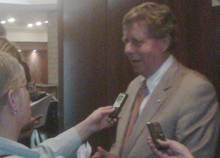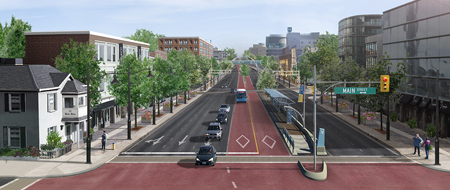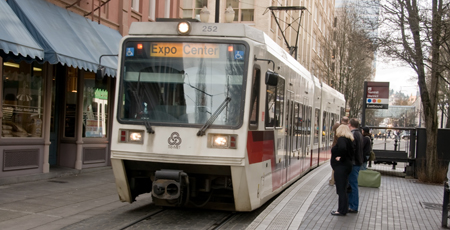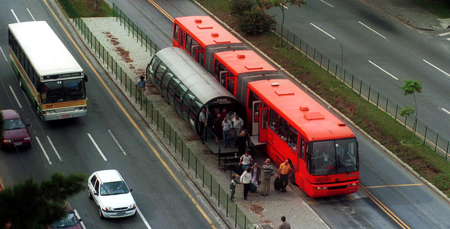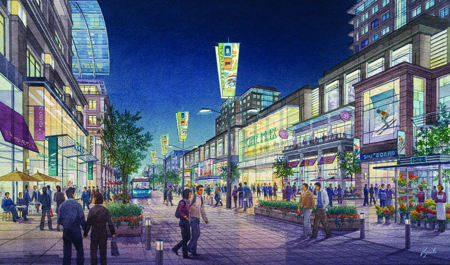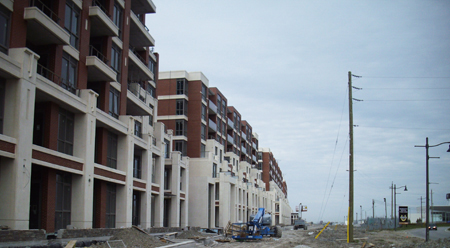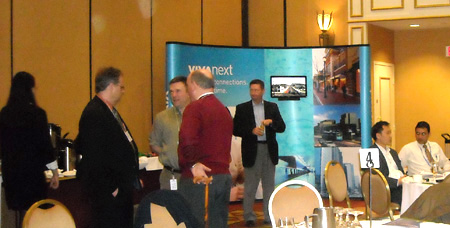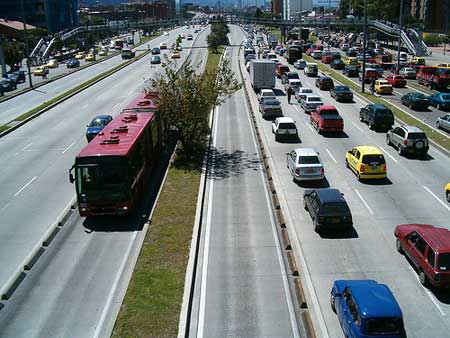
, one of Bogotá, Colombia’s major thoroughfares, used to resemble a noisy, tangled, smoke-laden parking lot jam-packed with motorcycles, cars and small, privately operated buses. Then, beginning in 2001, it became part of a 7-line bus rapid transit system in the city known as TransMilenio.
In addition to making it faster and easier for the 1.6 million commuters who use the system each day to reach their destinations, TransMilenio has enabled the city to eliminate 7,000 of the small buses from its thoroughfares. This, in turn, has led to a more than 59% reduction in the use of bus fuel and associated CO2 and other emissions.
In recognition of this remarkable “green” achievement, last year the United Nations granted approval to TransMilenio to generate and sell carbon credits to developed countries that exceed their emissions limits under the Kyoto Protocol. According to analysts, this has already generated an estimated $100 million to $300 million in revenue for the city’s coffers.
Closer to home, York Region residents can look forward to a faster, easier and more environmentally friendly alternative to driving along busy routes such as Highway 7 with our vivaNext rapidways, which will allow our beautiful blue Viva vehicles to safely speed past congested traffic.
Related articles:
The New York Times
Mother Nature Network

